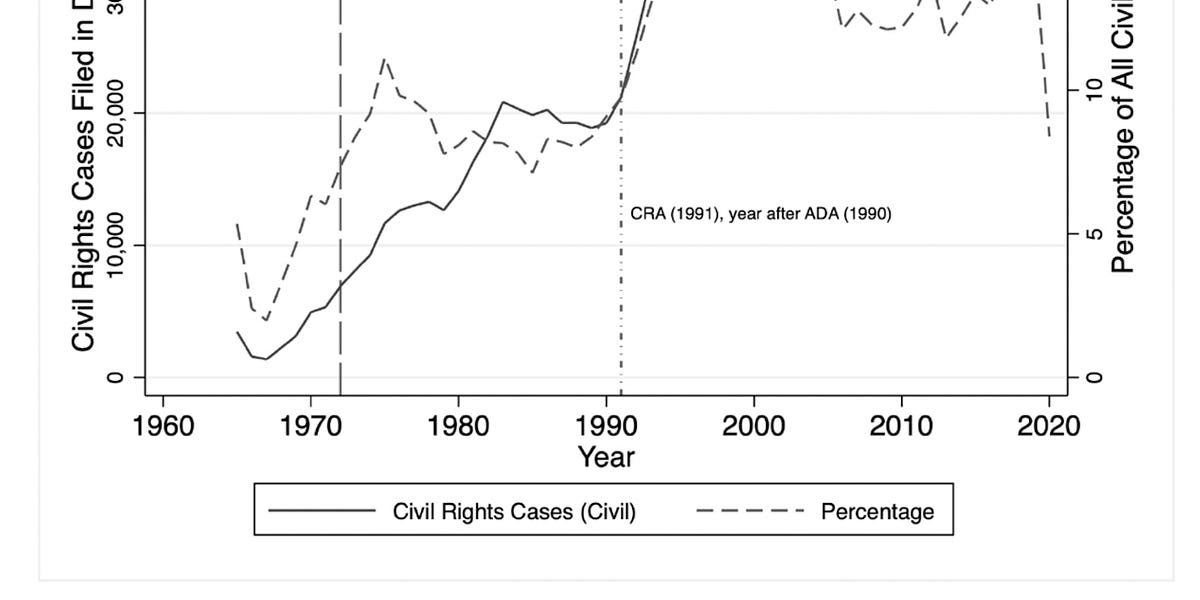
Musings on Markets: Country Risk 2025: The Story behind the Numbers!
At the start of July, I updated my estimates of equity risk premiums for countries, in an semiannual ritual that goes back almost three decades. As with some of my other data updates, I have mixed feelings about publishing these numbers. On the one hand, I have no qualms about sharing these estimates, which I use when I value companies, because there is no secret sauce or special insight embedded in them. On the other, I worry about people using these premiums in their valuations, without understanding the choices and assumptions that I had to make to get to them. Country risk, in particular, has many components to it, and while you have to ultimately capture them in numbers, I wanted to use this post to draw attention to the many layers of risk that separate countries. I hope, and especially if you are a user of my risk premiums, that you read this post, and if you do have the time and the stomach, a more detailed and much longer update that I write every year.
When assessing business risk from operating in a country, you will be affected by uncertainty that arises from almost every source, with concerns about political structure (democracies have very different risk profiles than authoritarian regimes), exposure to violence (affecting both costs and revenues), corruption (which operates an implicit tax) and legal systems (enforcing ownership rights) all playing out in business risk.














